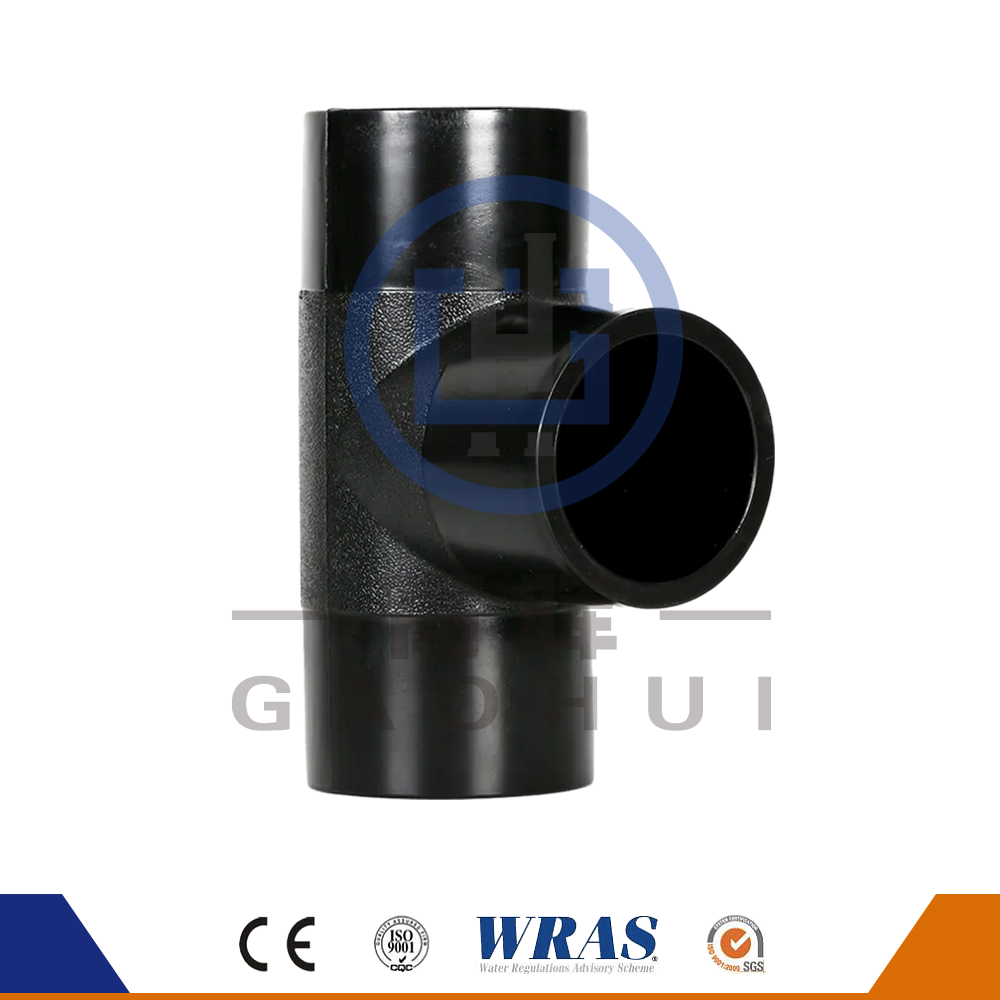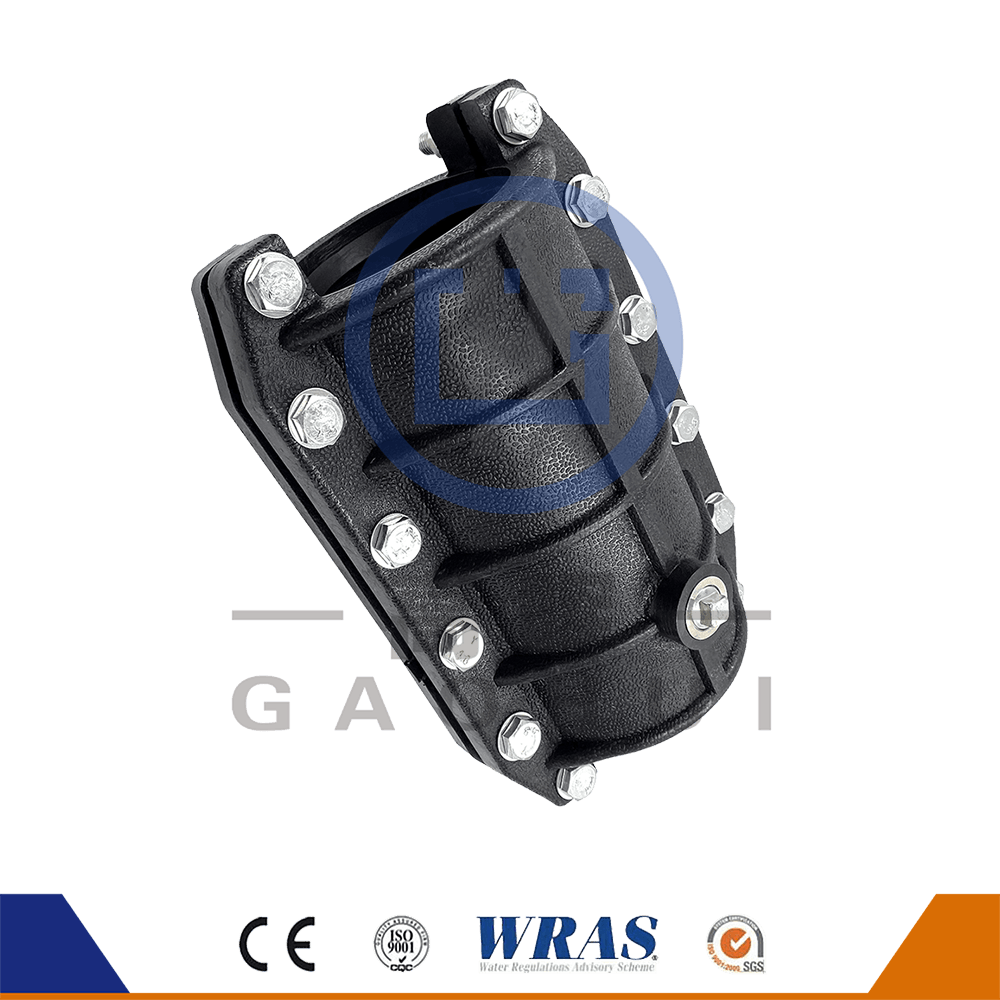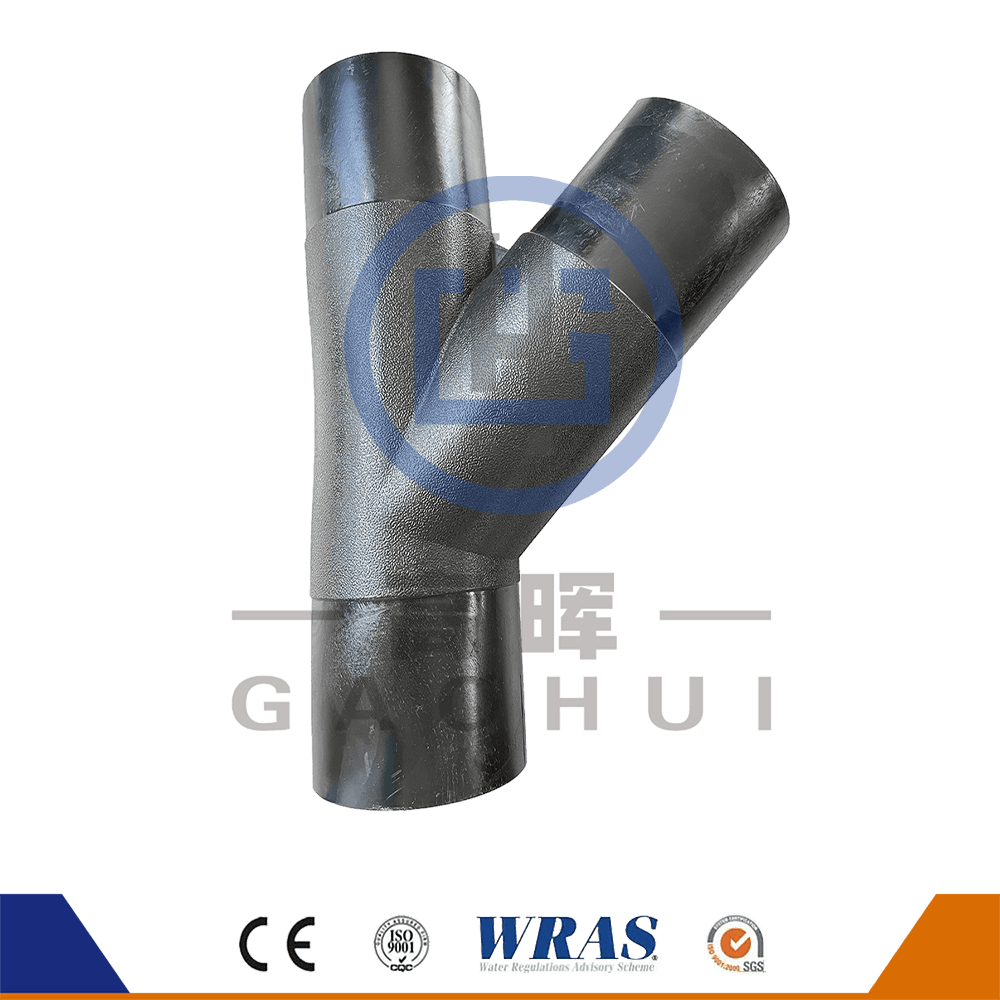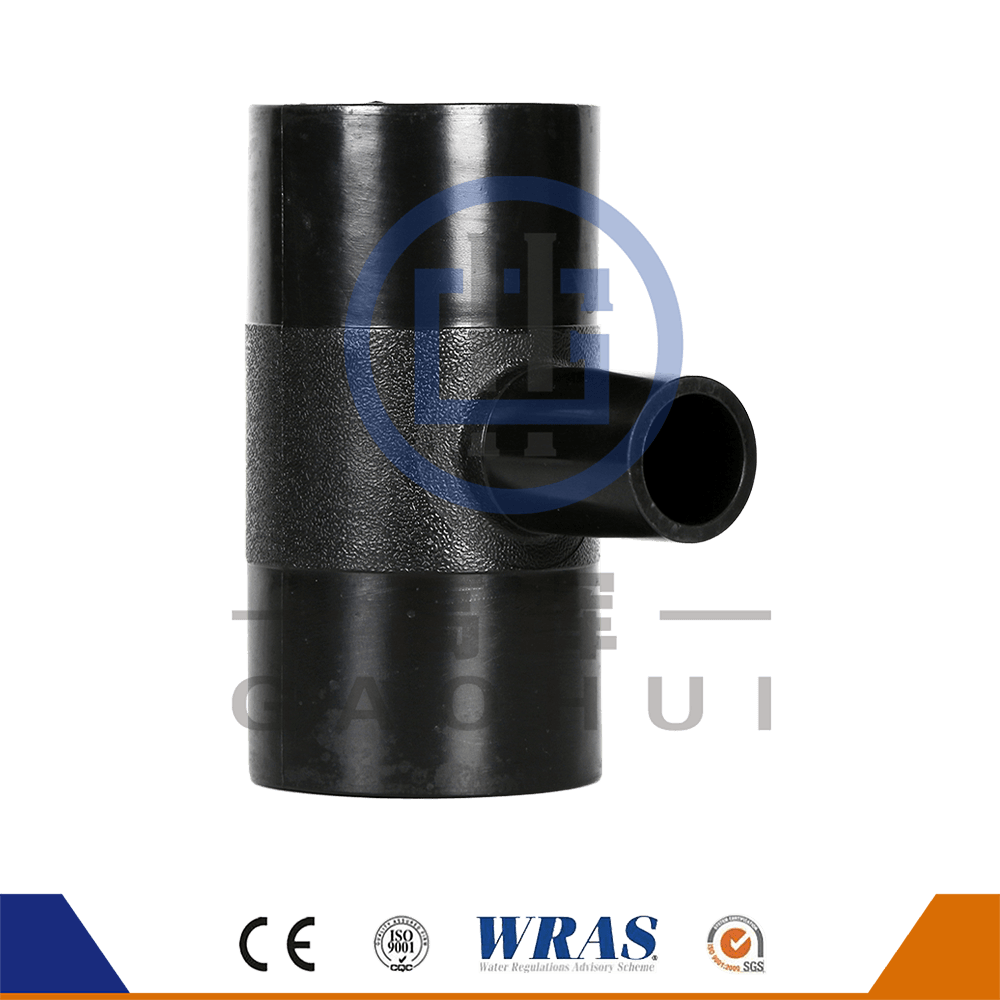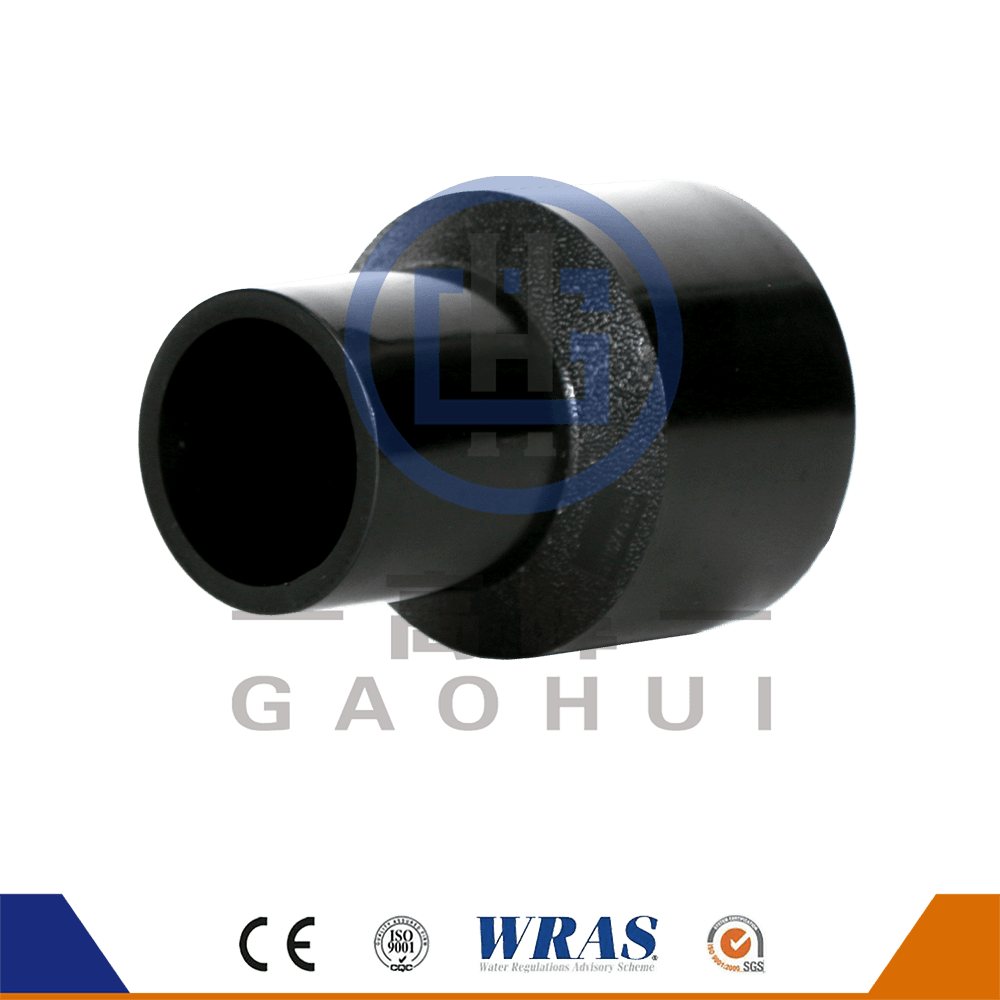In modern pipeline systems, HDPE Transition Fittings have become key components for improving pipeline system efficiency, reducing maintenance costs and enhancing pipeline stability due to their powerful performance and reliability.
One of the important roles of HDPE Transition Fittings in pipeline connections is to greatly improve system stability and effectively reduce the risk of water leakage. Due to its use of hot-melt connection and mechanical connection technology, HDPE transition joints can ensure that the pipeline connection parts are very tight, avoiding the loosening or leakage that may occur in traditional joints. Through precise installation methods, HDPE transition joints can remain stable under high pressure and complex environments, greatly reducing water or gas leakage caused by loose or damaged joints.
HDPE Transition Fittings can form a strong sealing effect and effectively avoid water leakage problems at pipe joints. Compared with traditional metal joints or threaded joints, HDPE transition joints have stronger seam sealing, which can ensure the stable operation of the pipeline system even in environments with high pressure, high temperature or drastic temperature changes. By reducing water leakage and other connection problems, HDPE transition joints can reduce the maintenance requirements of pipeline systems and reduce the waste of resources caused by water leakage. In addition, the high stability of HDPE joints reduces downtime caused by loose or damaged joints and improves the production efficiency of the pipeline system. In some high-pressure pipeline systems, pressure fluctuations may cause joints to loosen and leak. The HDPE transition joint is exquisitely designed to adapt to dynamic pressure changes, maintain a good connection effect, and avoid loose connections and water leakage caused by pressure fluctuations.
The corrosion resistance of the HDPE transition joint enables it to work stably for a long time in a chemically corrosive environment. HDPE materials can effectively resist the erosion of chemicals, acidic and alkaline solutions, etc. in water, which makes transition joints widely used in sewage treatment, chemical pipelines and other fields. Its corrosion resistance can extend the service life of the pipeline system and reduce damage and leakage caused by corrosion. In traditional metal pipes, due to corrosion problems, the joints often become weak links and are prone to leakage. The HDPE transition joint effectively avoids this problem through its corrosion resistance, greatly reducing the frequency of maintenance and replacement.
HDPE transition joints are not only suitable for the connection between HDPE pipes, but also can achieve seamless transition between different materials. Whether it is PVC pipe, cast iron pipe or other types of pipes, HDPE transition joints can provide a solid connection to ensure the stability of the entire system. Even when the pipeline is modified or expanded, HDPE transition joints can help achieve compatibility between pipes of different materials. The connection problem of pipes of different materials often needs to overcome challenges such as durability and compatibility. The flexible design of HDPE transition joints can effectively solve this problem and ensure the seamless connection and efficient operation of the pipeline system in different environments.
The high strength and high pressure resistance of HDPE materials enable HDPE transition joints to work stably under high pressure environments. For example, in high-pressure pipeline systems in the oil and gas field, HDPE transition joints can provide extremely high safety and prevent pipeline damage and joint leakage caused by excessive pressure. HDPE transition joints use precise hot-melt connection technology to maintain strong joint strength under high pressure, avoiding the loosening or leakage problems that may occur in traditional joints when pressure changes.


 English
English русский
русский عربى
عربى